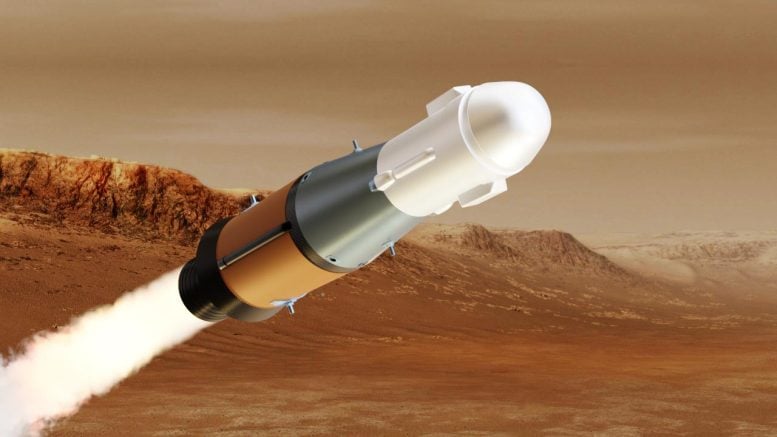
This illustration shows NASA’s Mars Ascent Vehicle (MAV) in powered flight. The MAV will carry tubes containing Martian rock and soil samples into orbit around Mars, where ESA’s Earth Return Orbiter spacecraft will enclose them in a highly secure containment capsule and deliver them to Earth. Credit: NASA
The Mars Ascent Vehicle team completed crucial wind tunnel tests at NASA’s facility, paving the way for the first rocket launch from Mars. This joint effort between NASA and ESA aims to return Martian samples to Earth by the early 2030s, offering insights into Mars’s ancient history and potential microbial life.
The MAV (Mars Ascent Vehicle) team recently completed wind tunnel testing at NASA’s Marshall Space Flight Center in a facility that has been a critical part of NASA missions going all the way back to the Apollo program.
The same facility that provided valuable testing for NASA missions to low-Earth orbit and the Moon is now helping the agency prepare to launch the first rocket from Mars. The MAV is an important part of the joint plan between NASA and ESA (European Space Agency) to bring scientifically selected Martian samples to Earth in the early 2030s.
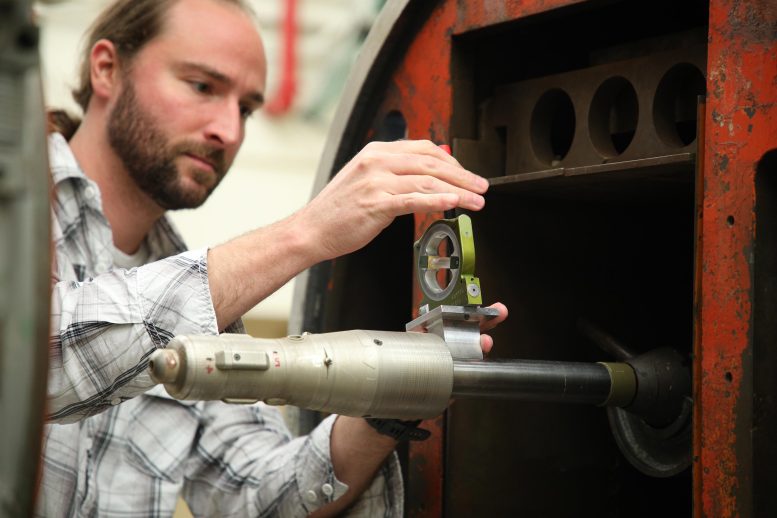
A scale model of the Mars Ascent Vehicle is loaded by Wind Tunnel Test Engineer Sam Schmitz into the trisonic wind tunnel at NASA’s Marshall Space Flight Center for testing. The 14-by-14-inch tunnel has been used to test launch vehicle configurations for Artemis, Redstone, Jupiter-C, Saturn, and more. Credit: NASA/Jonathan Deal
Aerodynamics and MAV’s Structure
MAV aeroacoustics lead Annie Catherine Barnes, who served as co-lead for the July testing campaign, said the team tested scale models at multiple angles inside the wind tunnel to see how airflow might affect MAV’s structure. Barnes compared it to turbulence on an airplane.
A scale model of the Mars Ascent Vehicle is tested for in the trisonic wind tunnel at Marshall. The tunnel’s test sections are only 14 inches in height and width but can achieve wind speeds of up to Mach 5. Credit: NASA
“We’re looking for areas of turbulent flow for launch vehicles,” she said. “We’re looking for shock oscillations and large areas of pressure fluctuation that can cause a structural response.”
The team will use data from the July testing campaign and other analyses to form a better estimate of the environments MAV would face as it becomes the first vehicle to launch from the surface of another planet.
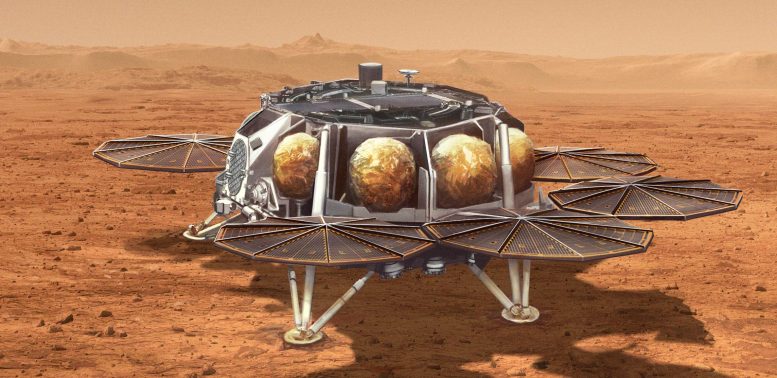
This illustration shows a concept for a proposed NASA Sample Retrieval Lander that would carry a small rocket (about 10 feet, or 3 meters, tall) called the Mars Ascent Vehicle to the Martian surface. After being loaded with sealed tubes containing samples of Martian rocks and soil collected by NASA’s Perseverance rover, the rocket would launch into Mars orbit. The samples would then be ferried to Earth for detailed analysis. Credit: NASA/JPL-Caltech
Mission Objectives and Partnerships
MAV supports the planned Mars Sample Return campaign, which would bring scientifically selected samples to Earth for study using the most sophisticated instrumentation around the world. This strategic partnership with ESA is developing the technology and the preliminary designs for missions that would accomplish the first return samples from another planet. The samples currently being collected by NASA’s Perseverance rover during its exploration of an ancient river delta have the potential to reveal the early evolution of Mars, including the potential for ancient microbial life.
Managed at Marshall, the MAV would launch aboard the Sample Retrieval Lander from Earth for a two-year journey to Mars. It would remain on the surface of Mars for nearly a year of receiving the samples collected by Perseverance.
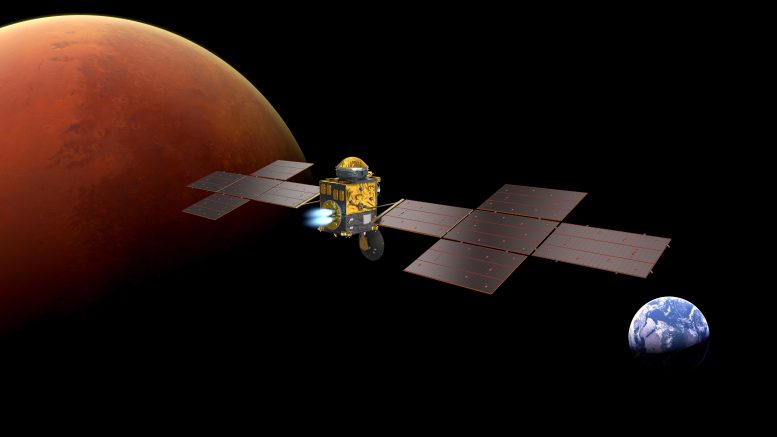
Artist’s impression of ESA’s Earth Return Orbiter. Credit: ESA/ATG Medialab
After the Sample Transfer Arm on the lander loads the samples into a container in the rocket, MAV would launch from Mars into orbit around the planet, releasing the sample container for the ESA-developed Earth Return Orbiter to capture.
The samples are targeted to arrive on Earth in the early 2030s. The Mars Sample Return Program is managed by NASA’s Jet Propulsion Laboratory (JPL) in Southern California.

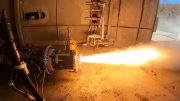


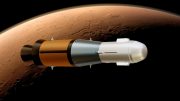
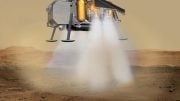
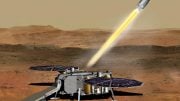
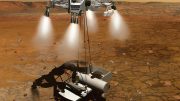
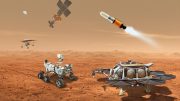
Be the first to comment on "Blast from the Past: Historic Wind Tunnel Tests NASA’s Mars Ascent Vehicle Rocket"